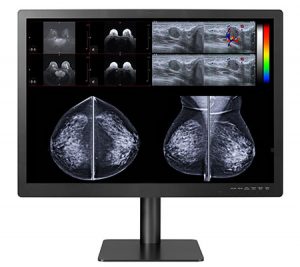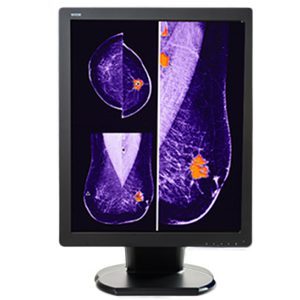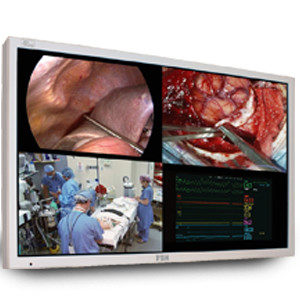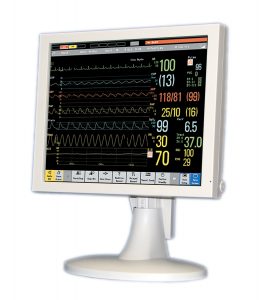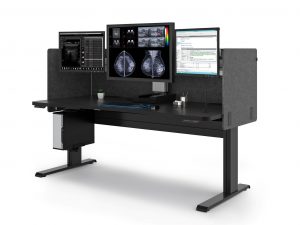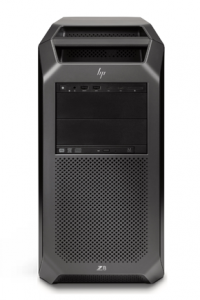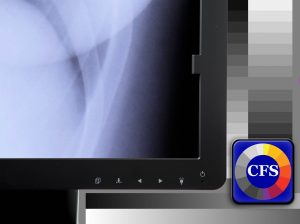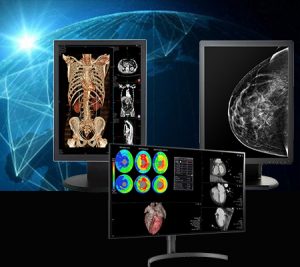When is it Time to Upgrade Legacy Medical Machines?
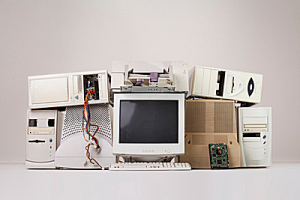
The progress of machinery, especially in medical industries but truly all over, has made it amazing how quickly newer, better equipment becomes available. After only a few years, and especially after 10 or 20 years, the average medical imaging machine will start to show signs of having become dated: this doesn’t mean the machine is broken or not functioning as intended. It instead means that it produces files that aren’t compatible with new systems, or that there are fewer and fewer technicians available who service that machine.
This is what we mean when we discuss legacy medical machines; yes, it can feel like getting one’s money’s worth to keep a functional but older legacy machine in the rotation, but there are hidden and not-so-hidden costs of choosing this path.
Signs that Your Legacy System Needs Updating or Replacement:
While not every system is going to show its age in the same way, there are a few telltale signs that one’s legacy system is in need of replacement or an upgrade.
- • As you track maintenance and repair costs, the bills are beginning to add up to a substantial percentage of the cost of a replacement machine. This is especially true if your maintenance technician can forecast a need for a major repair in the next year or two.
- • Finding replacement parts or compatible software is becoming harder to do and the prices are going up.
- • Quality of results generated is going down in relationship to the quality of results from your competitors, especially those who are using newer equipment.
- • Security protocols aren’t meeting your standards or the standards for compliance in the industry, resulting in worries about data security or expensive workarounds to add extra layers of security.
These may be some of the signs that a major change is needed, but ultimately, the costs-versus-benefits can be a helpful way to structure one’s consideration of whether to upgrade legacy medical machines.
Hidden Costs of Outdated Software
While the costs of upgrading your medical monitors and systems may seem high at the outset, the costs of outdated software may actually be more extensive. The first and most frustrating concern with legacy systems is that they may work fine until suddenly they do not: in medical care, it is essential to have your system up and running, and a surprise breakdown allows you no time to prepare contingencies. With an update, you get to make the change on your terms, before catastrophic failure occurs.
In addition, other hidden costs can emerge:
- • New compliance standards may be passed into law during the time since your machinery and software were implemented, causing you to have to make costly changes or deal with a clunky solution rather than a complete upgrade.
- • As more and more systems are being integrated so that machinery can communicate between and within systems, older software may limit your ability to fully integrate your medical imaging processes.
- • Maintenance for outdated systems tends to get more expensive over time, and companies eventually announce that they will no longer provide support for a given product or software package. At that point, you may have a fully functional system, but you are one error message away from frustrating lost business.
- • Most new software gains its reputation for quality because it in some way makes your processes faster or better. Every month and year that you are running updated software, you are making gains in efficiency that benefit your business. Conversely, living without those gains is actually holding your business back from optimal functionality.
Not Just Surviving But Thriving in the Digital Future
When technological advancements were coming every few decades rather than every few months, it made sense to focus on repairing one’s current legacy systems rather than working toward complete updates or replacements. However, an increasingly digital marketplace has resulted in a more competitive market for medical services, and updated systems can offer more than just a solution for past inefficiencies. Consider how updating your legacy machines may put your business at the cutting edge.
- • If you develop a reputation for error-free work, fast delivery of results, and high-quality imaging, you are increasing competitive advantage. Reputation matters, and having the state-of-the-art systems can go a long way to putting you on top of the medical imaging market.
- • When clients are happier with your results, they are more likely to develop loyalty to your company and more likely to return for further business. It costs much more to gain a customer for the first time than it costs to retain a happy customer, so pleasing customers to the point of generating loyalty is a very good investment.
- • As Big Data becomes more and more available and able to be incorporated into your business strategy, you need medical systems that can handle and process information and put you ahead. The integration of data allows you to process more quickly and synthesize patterns that could shape the future of your business.
- • High-performance machines make a difference in your business and can impact everything from how frustrated your employees become with the systems to the general impression that clients get when they see your set-up. By focusing on staying ahead of the curve, you reap many unacknowledged benefits along the way.
Updating Legacy Systems is a Marathon, Not a Sprint: Plan Ahead
While you may be convinced that your legacy systems need upgrades, the success of your upgrade really depends on careful planning. To reap the full benefits, you have to factor in the timing, financial costs, and side costs, such as allocation of your employee’s time for training. Make sure you consider:
- • Financial costs: Have you gotten a complete and clear estimate from your vendor? Double Black Imaging provides high-quality medical monitors as well as calibration software which can enhance diagnostic capabilities. We’re an example of a company committed to a clear and comprehensive estimate process.
- • Organizational costs: Who on your team will need to re-train with the new monitors or other equipment? Remember that one hour of additional training may save hours and hours of frustration in the first few months of using new equipment and software, so this isn’t an area to economize. A well-trained staff helps you reap the benefits of upgrading medical monitors much faster.
- • Migration and Time costs: How long will it take to physically take one system down and put the new system in place? Is it feasible to run both systems and experience no downtime, or will that create issues of continuity? By knowing the migration time costs, you can estimate the best time to make the change without interrupting high-quality service for your clients.
- • Ramp-up time costs: There will be a learning curve, even with a great migration and with good training. How will you handle any initial losses of efficiency as you scale up to much better results once the systems are fully operational and integrated into your company’s workflow?
Double Black Imaging is committed to your success in upgrading medical monitors. We want you to see the biggest possible gains from your upgrade and be able to confidently use your new system for years to come.
References:
https://www.cybernetman.com/blog/when-is-it-time-to-upgrade-industrial-legacy-machines/
https://www.efficientplantmag.com/2018/09/legacy-equipment-upgrade-or-replace/
